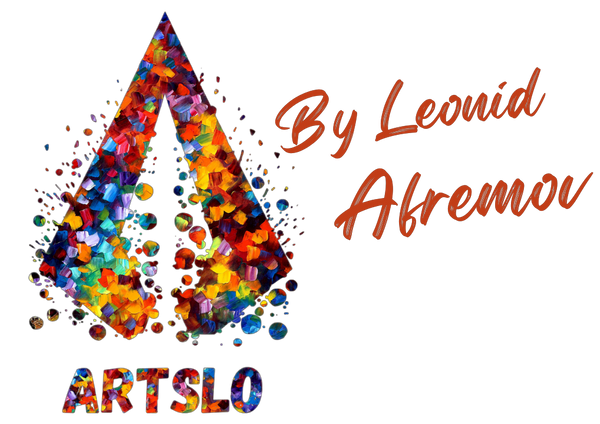Embark on a journey of self-discovery and artistic expression as we delve into the intricate world of self-portraiture. From capturing your unique features to infusing emotions onto paper, this guide will walk you through the process of creating a self portrait that not only reflects your physical appearance but also reveals the essence of your inner self.
Gathering the Tools
Before you begin, gather your art supplies—a sketchbook, pencils, erasers, and reference mirrors. Create a comfortable space that's conducive to your creative process, where you can focus on introspection and the art of observation.
Studying Proportions
Understanding facial proportions is key to creating a lifelike self portrait. Divide your face into sections, noting the placement of features like eyes, nose, and mouth. Pay attention to the distances between these elements, as well as the angles that define your unique facial structure.
Setting the Foundation
Start with a light sketch—a basic outline of your facial features. Be patient and willing to make adjustments as needed. Don't aim for perfection in the early stages; focus on capturing the overall shape and proportions.
Eyes: Windows to the Soul
Eyes are the most expressive part of a self portrait. Begin with the shape of the eyes, paying attention to the placement and size. Add details like the iris, pupil, and reflections to bring your portrait to life. The eyes will convey the emotions and personality that make the portrait uniquely you.
Mapping the Nose and Mouth
The nose and mouth contribute to the character of your self portrait. Observe the angles, curves, and shapes that define these features. Add subtle shading to create depth, and pay attention to how the light interacts with the curves and crevices.
Adding Depth with Shadows
Shading is essential for creating dimension in your self portrait. Study the light source and identify areas of shadow and highlight. Use varying degrees of pressure to create gradients and depth. Shading not only adds realism but also highlights the contours of your face.
Detailing Hair and Accessories
If including your hair or accessories, observe their textures and how they interact with light. Use lines and shading to depict the flow of hair or the reflections on accessories. These details add another layer of authenticity to your self portrait.
Infusing Emotion and Expression
As you refine your self portrait, focus on conveying emotions and personality. Adjust the curves of the lips, the arch of the eyebrows, and the shapes of the eyes to capture the essence of your expression. Embrace imperfections, as they add character and authenticity.

